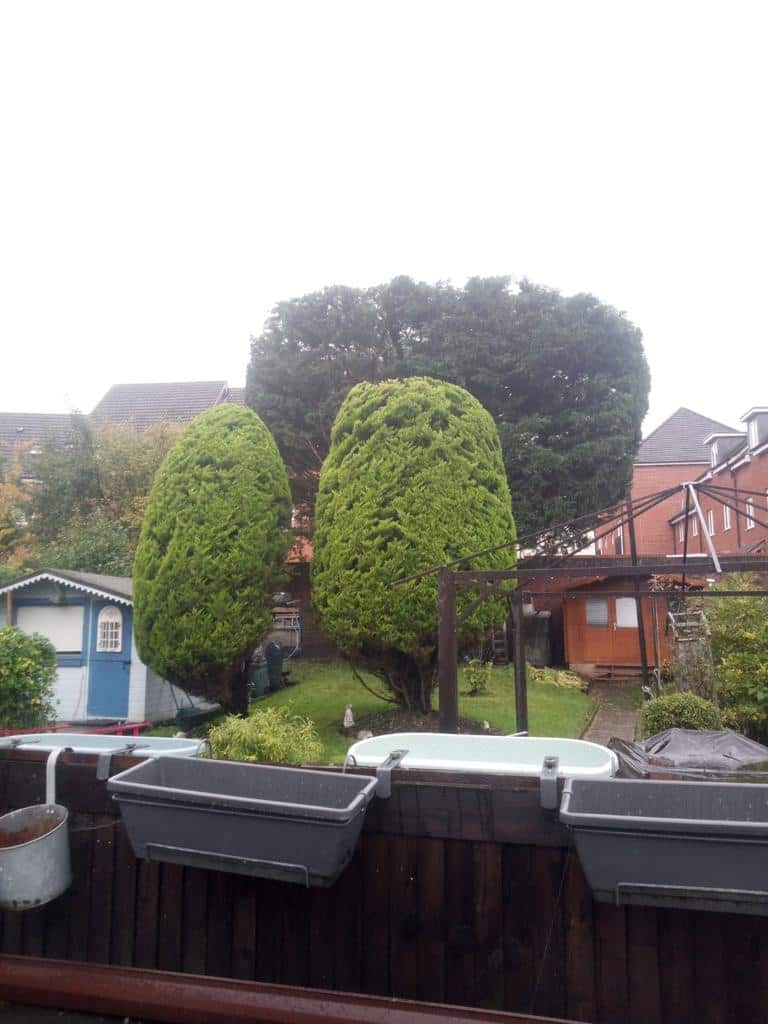Introduction
Falling trees pose a serious risk to property, infrastructure, and personal safety. While all trees can be affected by environmental conditions, some are naturally more prone to falling than others due to factors such as species characteristics, root structure, health, and external stressors. Understanding why certain trees are at higher risk can help property owners take proactive measures to prevent damage and ensure safety.
In Weybridge, Surrey, professional tree surgeons can assess trees that may be at risk of falling and recommend appropriate interventions to maintain stability and reduce hazards.
Factors That Make Trees More Prone to Falling
1. Tree Species and Growth Characteristics
Different tree species have varying levels of resilience to strong winds, soil conditions, and structural stress. Some trees naturally develop weaker root systems or brittle wood, making them more vulnerable to falling.
Common species prone to falling include:
- Willow trees – Fast-growing but with weak wood that is prone to splitting.
- Poplar trees – Shallow root systems and brittle branches make them susceptible to wind damage.
- Silver birch trees – Shallow roots mean they can struggle in high winds.
- Lombardy poplar – Tall and narrow, prone to toppling in storms due to limited root anchorage.
If these trees are present near structures, roads, or pedestrian areas, regular inspections are crucial to ensure they remain stable.
2. Root System and Soil Conditions
A tree’s stability is heavily dependent on its root system. Trees with shallow or compromised roots are much more likely to fall, especially in poor weather conditions.
Key risk factors include:
- Shallow-rooted species – Trees with limited root depth, such as spruce and eucalyptus, are more susceptible to falling.
- Compacted soil – Poor soil aeration can prevent roots from developing deep, strong support systems.
- Waterlogged ground – Excess moisture can weaken root anchorage, making trees unstable.
- Construction damage – Nearby excavation work can sever roots, reducing stability.
Tree surgeons can assess the soil and root structure to determine whether a tree is at risk of falling and provide solutions such as root pruning or support systems.
3. Tree Health and Structural Integrity
Diseased or decaying trees are significantly weaker and more prone to falling. Some common health issues include:
- Fungal infections – Wood decay fungi such as honey fungus or bracket fungi weaken the internal structure of a tree.
- Cavities and hollows – Extensive internal decay can reduce the strength of the trunk and branches.
- Deadwood – Large amounts of deadwood indicate a declining tree, making it more likely to break or collapse.
- Pest infestations – Insects such as wood-boring beetles or termites can cause significant structural damage.
Early detection and intervention by a professional tree surgeon can help mitigate these risks before the tree becomes unstable.
4. Environmental and Weather Conditions
External forces such as strong winds, heavy rain, and extreme weather conditions can contribute to tree failure.
- Storms and high winds – Trees with large canopies and weak root systems are especially vulnerable.
- Heavy snow and ice – Accumulation on branches increases weight, leading to limb failure or whole-tree collapse.
- Drought conditions – Prolonged dry periods can weaken root anchorage and cause branches to become brittle.
Regular pruning and maintenance can help trees withstand environmental pressures and prevent sudden failure.
5. Previous Poor Pruning Practices
Improper pruning can significantly increase the risk of a tree falling. Poor techniques include:
- Topping – Cutting the top off a tree encourages weak, rapid regrowth that is prone to breaking.
- Over-pruning – Removing too much foliage weakens the tree and reduces its ability to withstand strong winds.
- Uneven weight distribution – Incorrect pruning can create imbalances, increasing the likelihood of falling.
A certified tree surgeon will use proper pruning techniques to ensure the tree remains healthy and structurally sound.
When to Call a Tree Surgeon
If you have concerns about a tree’s stability, it is crucial to seek professional advice before it becomes a hazard. You should contact a tree surgeon if:
- The tree has visible cracks, cavities, or large amounts of deadwood.
- Roots are exposed, lifted, or damaged by nearby construction.
- The tree is leaning significantly or has shifted after a storm.
- Fungal growth or pest infestations are visible.
- Branches are overhanging buildings, roads, or public spaces.
Tree surgeons in Weybridge, Surrey, can conduct thorough assessments and provide expert recommendations to improve tree stability and prevent future risks.
Conclusion
Some trees are naturally more prone to falling due to species characteristics, root structure, health issues, and external environmental factors. Ignoring warning signs can lead to significant damage and safety risks.
Regular maintenance and professional inspections are key to preventing tree failure. If you suspect a tree on your property may be unstable, seeking expert advice from a tree surgeon in Weybridge, Surrey, can help ensure a safe and proactive approach to tree care.
Call us on: 01372 679 098
Click here to find out more about NS Tree Surgery Weybridge
Click here to complete our contact form and see how we can help with your tree’s needs.

